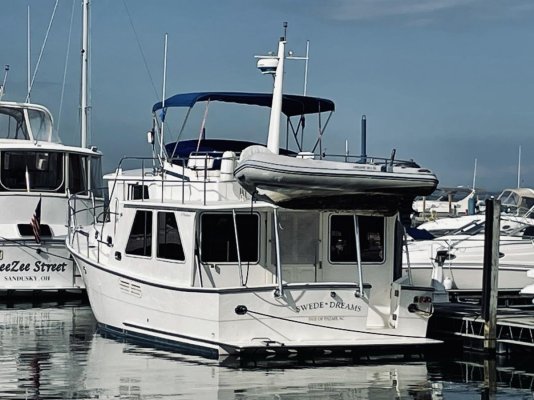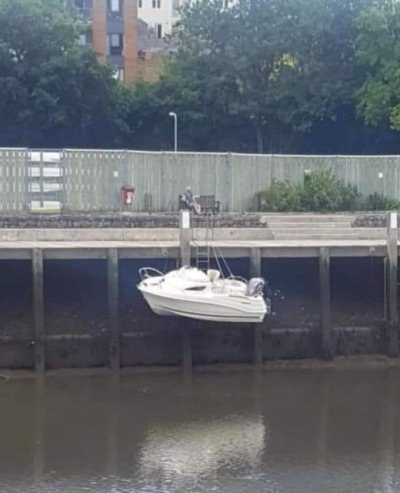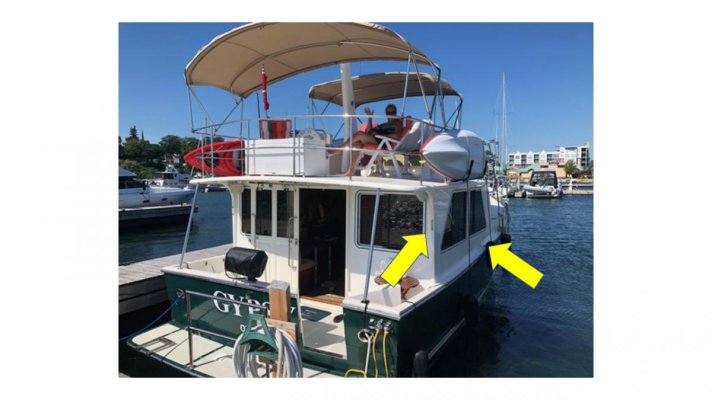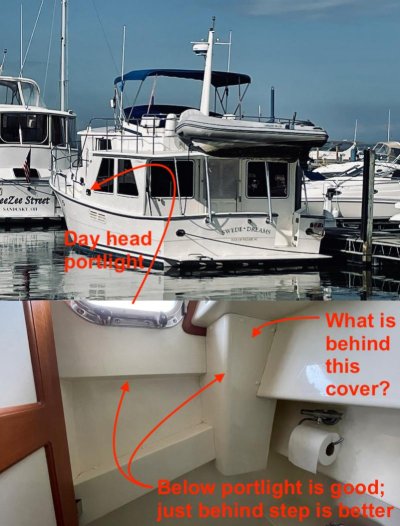That's what we do for bow and stern lines, but we get a lot of blank looks with only one person aboard to throw lines. Our interim and yet to be tested plan is to have a spring line of the correct length secured to the hawse cleat and draped over the gunwale. Dock help could then grab that line and secure it to a cleat on the dock.
We got new dock neighbors this last week, in a Marlow 49 Explorer. Hawse holes all over the place.

Anyway, that's what they did when they returned from the pump-out dock the other day while we were standing by. They had bow, spring (both for and aft) and stern lines all pre-draped so they could be reached by some bubba (me) on the dock.
The Admiral told me they'd been taught to religiously do all that -- at every docking event -- both sides of the boat -- by their training captain...
All pretty straightforward, actually.
Although I knew what they needed me to do. Innocent bystanders and other stray dock walkers would benefit from guidance from the boat: what line first, where, when to hold fast (as when springing), etc.
FWIW, we don't always trust dock "help" when we're warping in on a spring line. More often, we'll have dock "help" lead that line around a cleat or pile and back to the boat... where my Admiral (who can hear me in the headsets) has control over the hold fast/slack/tie off routines...
That said, when we have to dock like that, mostly once that first line is on and secured, we're pretty much docked. The rest of the lines are just tidying up.
-Chris





